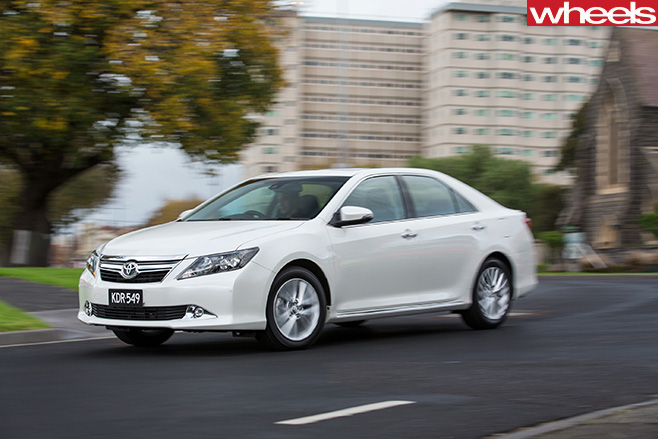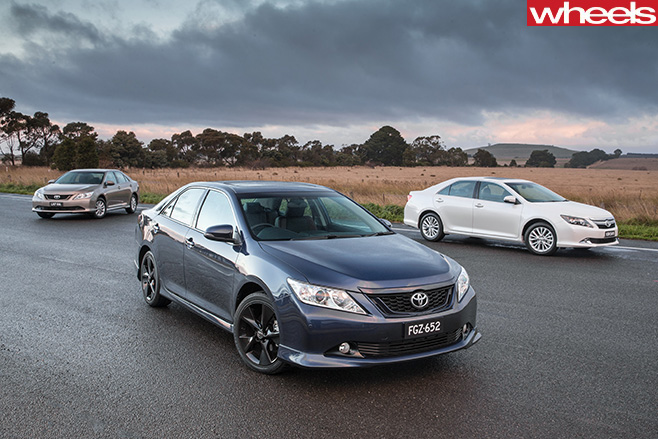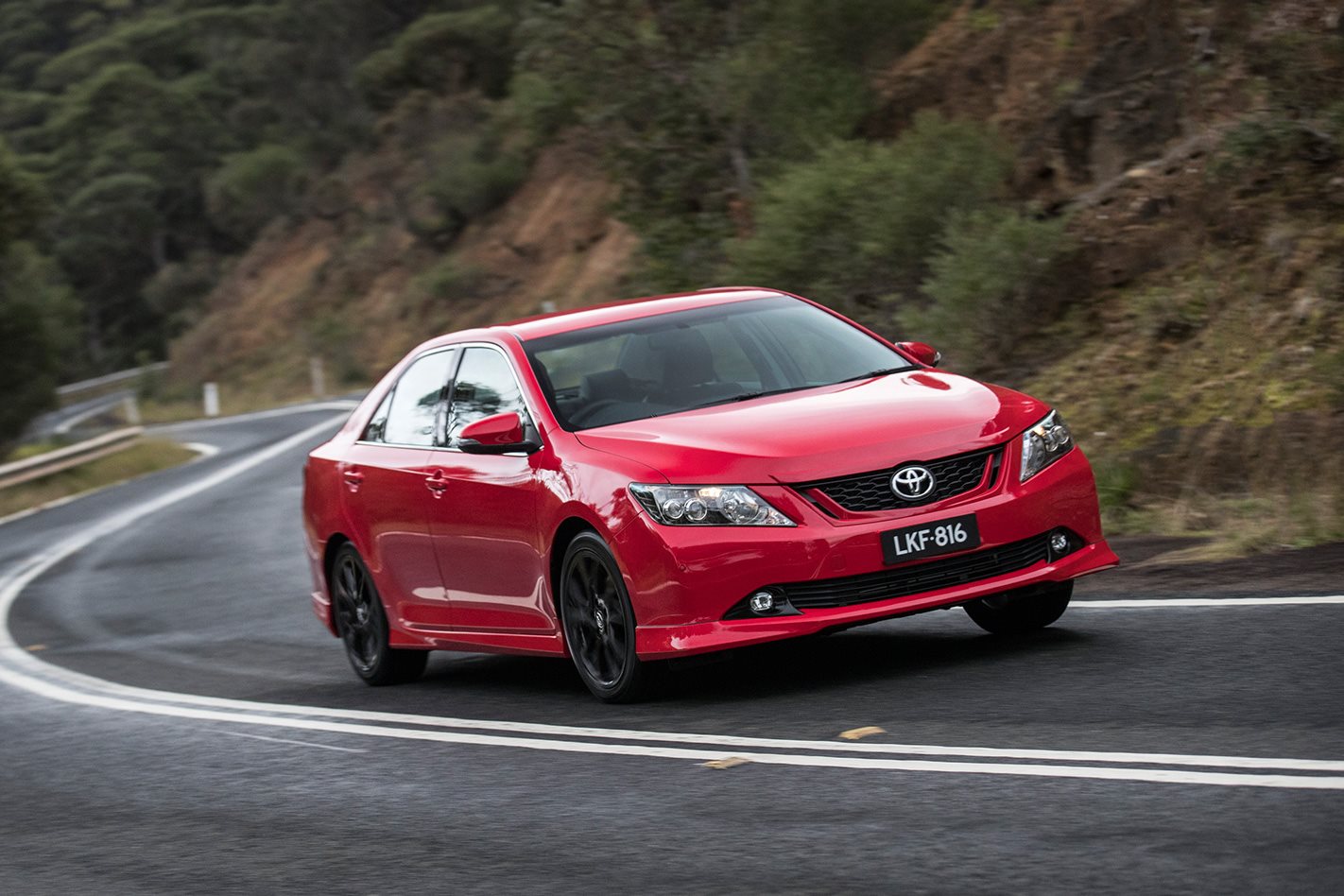TOYOTA has confirmed it will kill off the Aurion nameplate later this year when local manufacturing of the V6-engined car and the closely related Camry ends.
Wheels reported last year that a V6-engined version of the Japan-built, next-generation Camry would replace the Aurion, bringing four- and six-cylinder models back within the same Camry-badged line-up.
According to Toyota Australia sales and marketing managing director Tony Cramb, the move was a response to slowing sales in the medium and large car segments – suggesting that supporting two separate nameplates would be unsustainable.

Rejecting the notion that the Aurion was a sales failure, Cramb said the decade-old decision to split the V6 from the four-cylinder Camry was the correct one as the large car segment was still king, and the first and second most popular vehicles on sale were the Holden Commodore and Ford Falcon.
“The Aurion has been wonderful for us,” he said. “We’ve sold over 100,000 Aurions during its life, and it’s done an amazing job, but it was probably launched at a different time in the Australian automotive industry in terms of timing, and it had a particular job… but the market is changing and we’re changing with it.”

It attracted more than 22,000 buyers in its first full year on sale.
But spiralling fuel prices, plummeting large-car sales, and a mass migration to SUVs eroded the Aurion’s success, with sales falling from 19,562 units in 2008 to just 3833 registrations last year. Even the rebodied second-generation Aurion (based on the Mk6 Camry) from 2012 could not arrest the decline.
In contrast, the four-cylinder Camry has hovered between 23,000 and 27,000 sales a year over the same period.

Toyota has a history of trying to separate four-cylinder and V6 Camrys. Before the Aurion’s arrival, it marketed the six-pot Vienta for nine years from 1993. There was also the failed Avalon, a sort of super-sized Camry developed primarily for the US market in the mid-1990s, but manufactured at Toyota’s Altona plant (replacing local Corolla production, ironically), from 2000 to 2006.





